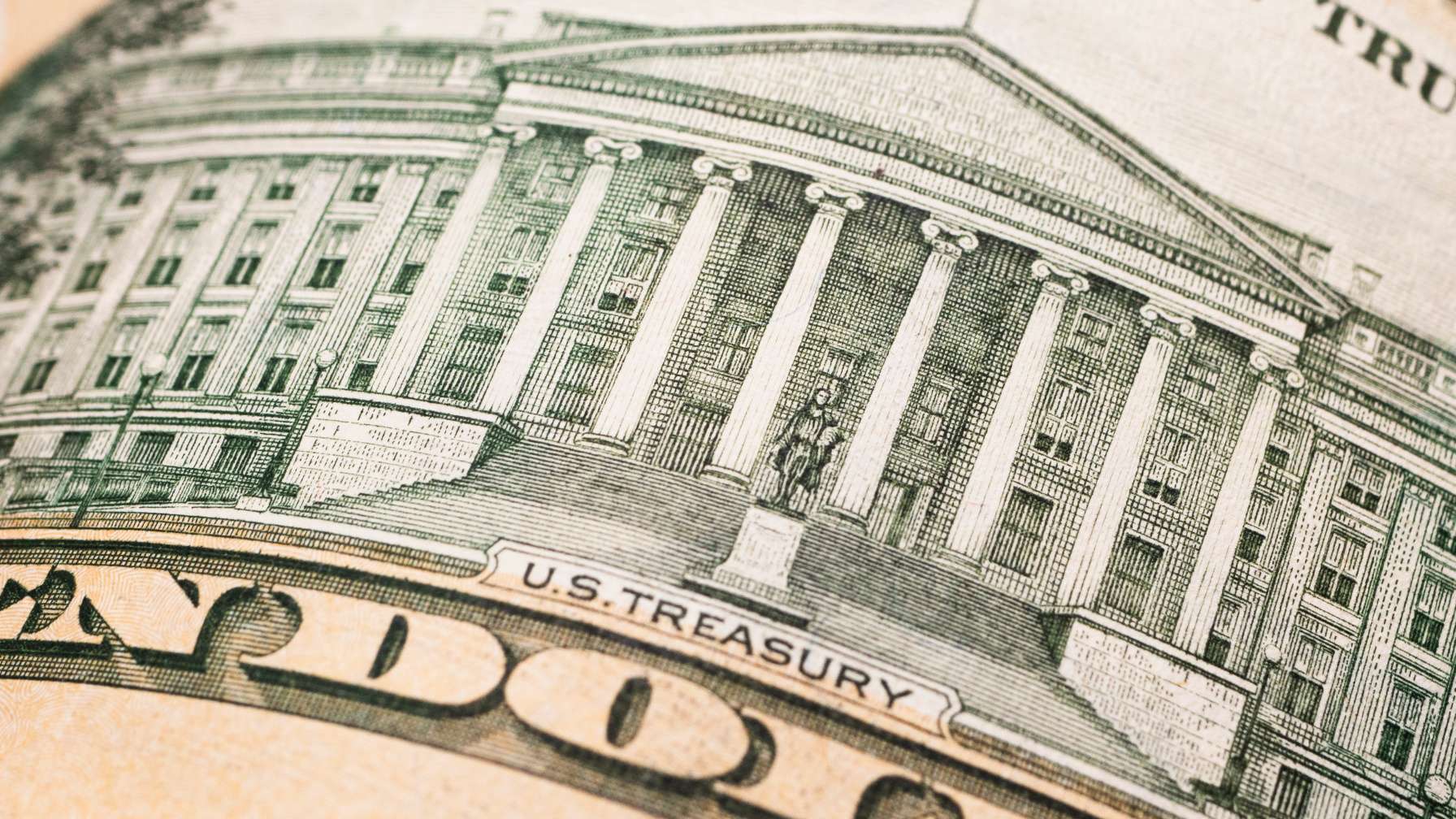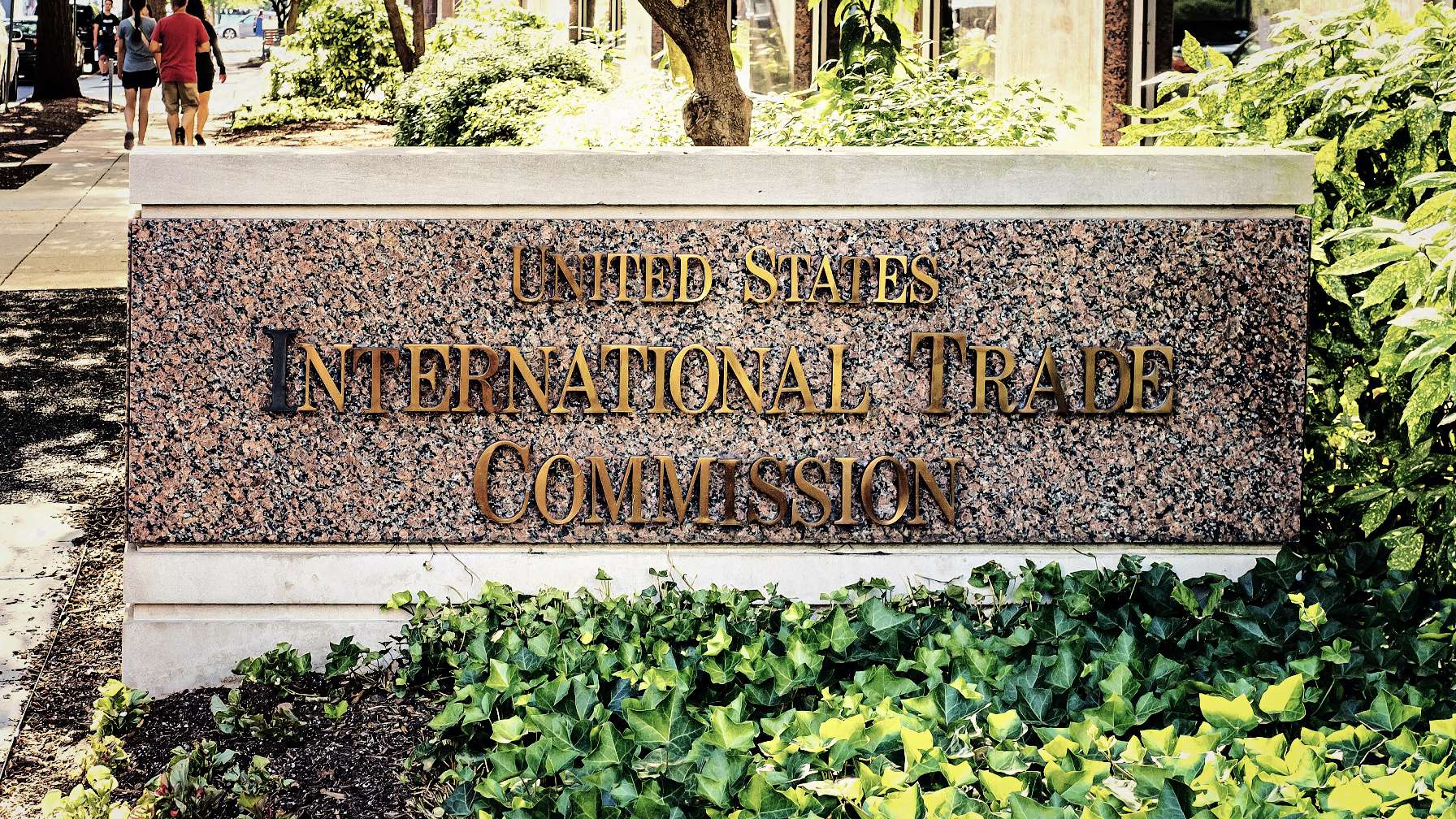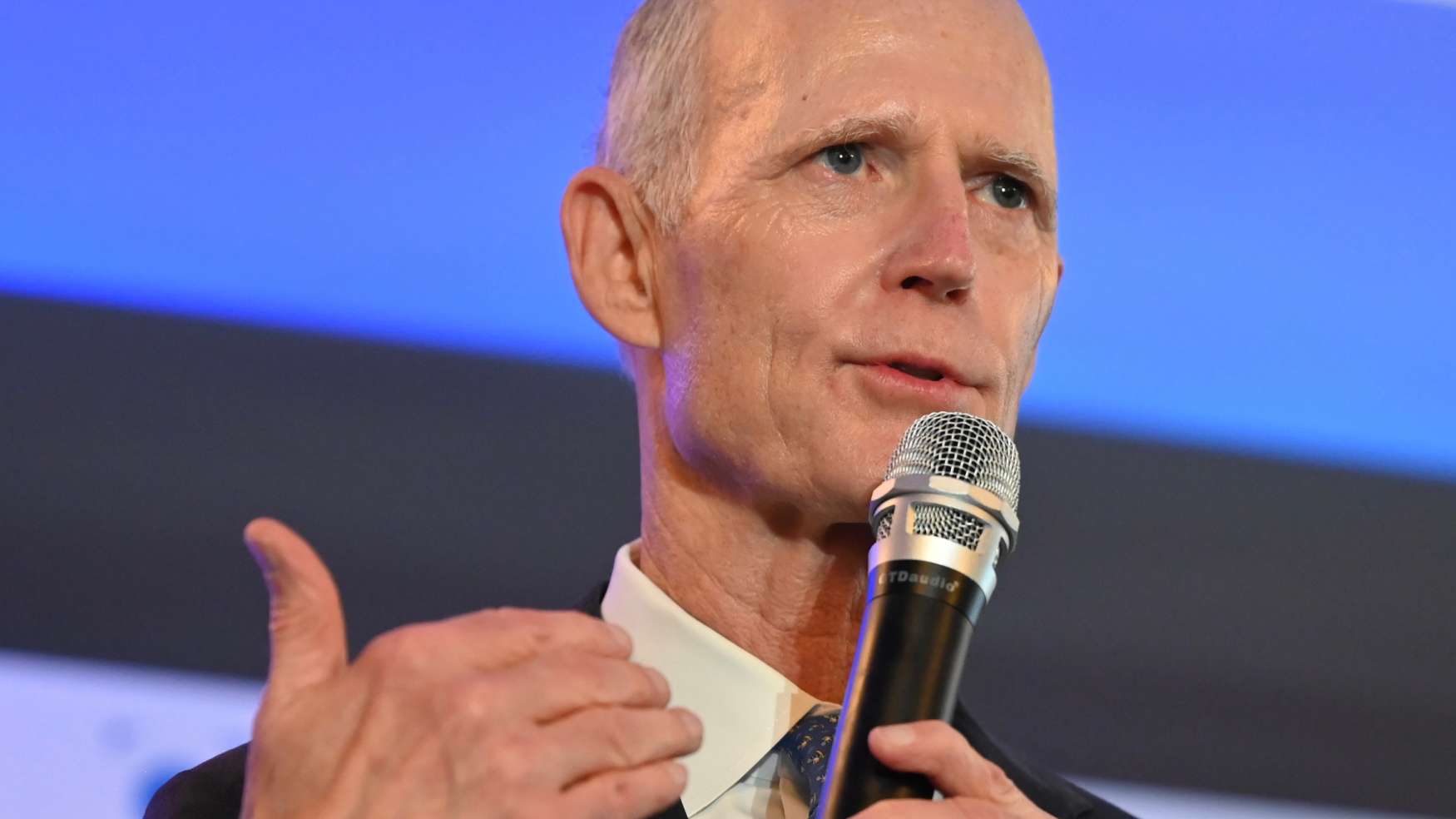Editor’s note: CPA submitted the following comments supporting a recent Department of Commerce proposal to classify currency manipulation as a countervailable subsidy under US trade laws. CPA has long supported legislation on this topic, but now Commerce intends to achieve this end through regulation.
Modification of Regulations Regarding Benefit and Specificity in Countervailing Duty Proceedings
July 27, 2019 | Coalition for a Prosperous America
The Coalition for a Prosperous America (CPA) strongly supports the “Modification of Regulations Regarding Benefit and Specificity in Countervailing Duty Proceedings,” that would allow Commerce to treat currency manipulation as a countervailable subsidy subject to CVD remedies.
CPA is the nation’s premier nonprofit organization working at the intersection of trade, jobs, tax and economic growth. We are a bipartisan coalition of farmers & ranchers, manufacturers and labor groups working for a national strategy to eliminate the trade deficit, create good paying jobs and deliver broadly shared prosperity to America.
Currency misalignment and manipulation have led to persistent trade deficits causing the loss of millions of jobs and the closure of tens of thousands of US manufacturing facilities over the last three decades. In many cases, foreign government action causes exchange rate misalignment. For many decades, monetary and trade policy have been siloed and separate. Internationally, the International Monetary Fund handles monetary and financial policy while the World Trade Organization handles trade policy and rules. In the US, the separation has been evident between Treasury and the Federal Reserve on one hand, and Commerce on the other.
Commerce should modernize its regulations to keep abreast of new challenges to trade. Exchange rate manipulation and misalignment can and does frustrate the achievement of benefits otherwise sought under traditional trade policies and rules.
It is time to break down the walls that separate macro monetary and financial policy from the microeconomic and legal issues that dominate trade policy. Treasury and the IMF historically have been unconcerned with the negative impact of exchange rate misalignment and manipulation on the real economy. They have focused too narrowly on credit, capital flows and macro prudential issues. Commerce, the Office of the US Trade Representative and the WTO have focused too narrowly on micro concerns including legalistic rules, tariffs and non-tariff barriers. The result is that no domestic or international body has been formally given or claimed jurisdiction over excessive and persistent trade imbalances.
This proposal appropriately starts the process of asserting trade jurisdiction over monetary and financial dynamics when they negatively and wrongly impact domestic firms and employment.
CPA generally supports Commerce’s analysis as it seeks to remain within the authority of the Tariff Act of 1930. However, we have these additional comments.
- Currency Manipulation Harms the US Economy
It is generally agreed by economists and other observers of the international business scene that since the 1970s, many countries have manipulated their currencies, i.e. used government actions to move and hold their currencies to dollar exchange values below the value that would obtain if a free market were allowed to set their currency value. The result of this intentional undervaluation is to support their exports into the US market and protect their domestic markets from US competition which would otherwise gain a larger market share.
In the 1970s, Japan was widely regarded as the largest offender in currency manipulation. While many observers believe Japan is still manipulating its currency to below-market levels, with consequent damage to US industry and employment, the situation has evolved since then.
Indeed, currency manipulation has become more widespread in terms of number of countries engaging in the practice.
During the 11 years from 2003 through 2013, a group of 20 countries purchased an average of more than $600 billion each year in excessive quantities of foreign currencies to support large current account surpluses…By far the largest currency manipulator in 2003–13 was China….Taiwan and Israel manipulate consistently at a level just above our criteria. Korea and Sweden intervene consistently at a level just below our criteria…Thailand moved rapidly from negligible net official flows in 2015 to a very large 8 percent of GDP in 2017.
In light of the broad impact of wrongly valued currencies—they provide illegitimate support to all of a manipulator’s exports while simultaneously providing illicit protection to all of its imports—currency manipulation has cost the US economy millions of jobs and billions of investment dollars.
The Bretton Woods system established after World War II provided for international agreement as a generally accepted condition for major nations to alter their foreign exchange values. In 1971, that system effectively ended when the US withdrew its support for gold. Since then, there has been little means by which a currency harmed by a trading partner’s manipulation can seek redress through international forums. The pattern of currency manipulation as a key weapon enabling aggressive economic actors to build up and sustain export surpluses has grown and spread. Even if China is refraining from the practice today, there is no guarantee that the Chinese government will not resume manipulation if and when it suits its economic objectives.
In the 1988 Trade Act, the US Congress empowered the Treasury to identify currency manipulators. In the 31 years since then, the Treasury has failed to identify one currency manipulator. This is despite the fact that the Peterson Institute, the IMF, the GAO, and dozens of independent economists have been able to identify currency manipulators and indeed patterns of manipulation that carry on for a decade or more,
The Treasury is compromised by an undue focus on what it considers perhaps its most important mission: successfully selling the hundreds of billions of dollars of US government debt each year. The Treasury has concluded that it will be easier to sell this debt if (a) the dollar is seen as a strong currency, and (b) the dollar is reasonably likely to rise in the near future. Point b is critical because it is easier to sell US government debt if investors believe the dollar is in the course of moving slowly and steadily upwards.
This bias makes the Treasury an unsuitable agency to manage currencies from a manipulation and real economy standpoint. The aim of identifying nations as currency manipulators is to take action that forces them to cease manipulating. That in itself puts some downward pressure on the value of the dollar, or specifically on the bilateral rate of the dollar in terms of the manipulator’s currency. That downward pressure has some impact, however small, on the overall value of the dollar in a downward direction. This is what the Treasury is culturally, historically, emotionally, and psychologically opposed to. This fixation on the value of the dollar has a century of history. After World War I, the US, led by the Treasury, was active in urging all major nations to join it in re-adopting the gold standard at high values. Economists led by Ben Bernanke and Barry Eichengreen now agree that those high gold exchange rates played a major role in prolonging the Great Depression of the 1930s.
Faced with this deep-seated bias against a competitive dollar at the Treasury, which is brightly and boldly illustrated by the bi-annual ritual by which the Treasury issues reports every October and May that fail to find currency manipulators anywhere in the world, the government needs to take other action. We believe the Department of Commerce’s proposal to empower Commerce to find nations currency manipulators and then ask its quasi-judicial process to determine suitable countervailing duty remedies is a sensible, moderate solution and a step in the right direction. We note that the Treasury still has broad responsibility for currency policy. But Commerce, in keeping with its responsibility for the state of US industry, would under this proposal have responsibility for identifying situations where currency manipulation is providing an unfair advantage to foreign competitors, and taking action to redress the harm inflicted on US industry.
- Calculation Of Benefit Should Focus Upon The Trade Balancing Exchange Rate
Commerce should choose to calculate any undervaluation benefit based upon the difference between the actual exchange rate and the “fundamental equilibrium exchange rate” (FEER) that would balance trade. While some assert disagreement among economists as a reason to do nothing, government agencies are not bound by academic consensus or the lack thereof.
We urge Commerce to reconsider whether the use of the real effective exchange rate (REER) is appropriate because this method is generally used to refer to the current price-adjusted, trade-weighted exchange rate index of a nation’s currency. The FEER, on the other hand, refers to the trade-balancing equilibrium exchange rate that is needed for calculating the undervaluation benefit provided through currency manipulation.
Determining the FEER for a country’s currency requires some use of agency discretion regarding (a) the appropriate period over which balance is to be attained, (b) the definition of balance; (c) the absolute and relative rates of change in productivity and price levels over the period in all significant trading partner countries; (d) the possible discovery and exploitation of new resources and methods of production; and (e) future political events that may disrupt normal trading patterns.
The method used by the IMF and the Peterson Institute for International Economics (PIIE) for more than a decade provide reasonable estimates of FEERs except that those approaches do not adopt a trade balancing equilibrium exchange rate. Instead they target an exchange rate that enables “sustainable imbalances” which are up to three percent of GDP. While a temporary deficit of 3% of GDP may be “sustainable”, a persistent deficit is different, eroding the quality of employment and the composition of domestic industry in undesirable ways. As temporary imbalances become persistent, millions of US jobs and thousands of factories are lost. The losses are contrary to the US national interest.
We therefore recommend that Commerce should calculate the FEER based on a target of a trade balancing equilibrium prices with a focus upon a true-zero balance – neither trade deficit nor trade surplus.
- Actions to Reduce Imbalances Do Not Violate IMF Rules
Some have claimed that treating benefits bestowed by currency manipulation as a countervailable subsidy would violate the IMF’s rule that currency-related actions shall not be taken with the intent to gain competitive advantage in international trade. The claim is false.
Actions taken to increase imbalances or prevent balance of payments adjustments do indeed violate international norms. However, the Commerce proposal is designed to reduce imbalances, specifically the US trade deficit. Such action is in furtherance of IMF rules.
- Conclusion
CPA thanks the Department of Commerce for its proposal to modernize the administration of its duties pursuant to the Tariff Act of 1930.
Sincerely,
Daniel DiMicco, Chairman
Michael Stumo, CEO













